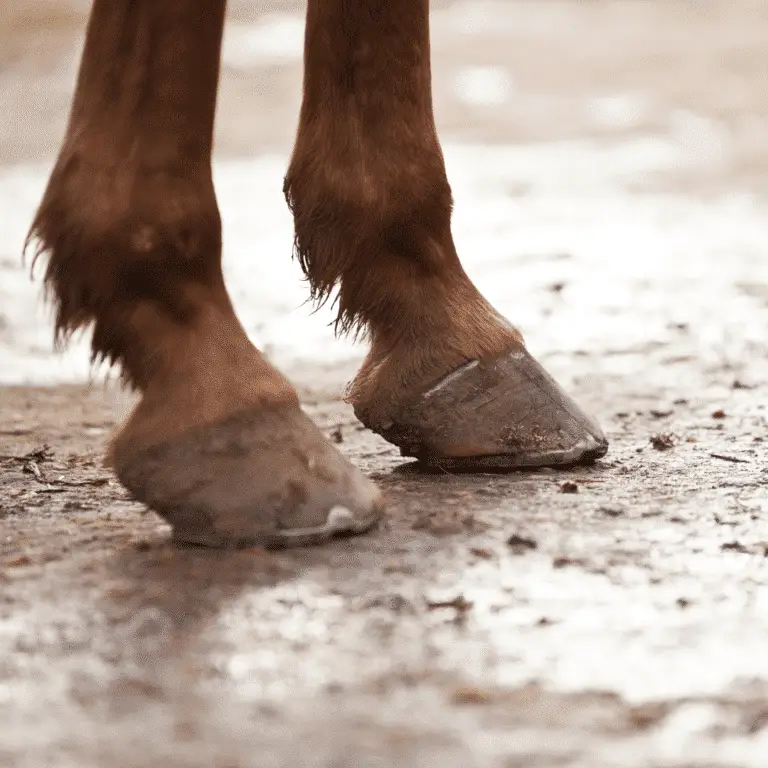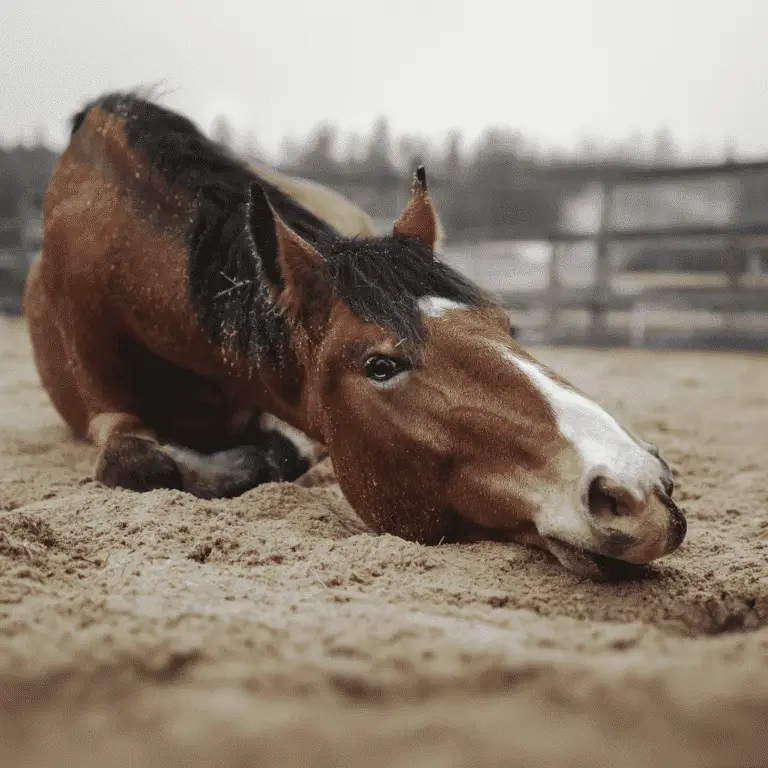
Equine Keratoma (Hoof Tumor)
Equine Keratoma (Hoof Tumor) Seek veterinary advice before applying any treatment. A keratoma is a rare benign tumour of the inner layer

Seek veterinary advice if you suspect this disease.
Sarcoids are common skin tumors, most of the time they are benign but their growth can eventually interfere with a horse’s life. They can appear on any part of the body as single or multiple growths, but are more common on the head, especially the ears, and the legs.
There are five types of sarcoids:
Fibroblastic – The most aggressive and fleshy-looking sarcoids often caused by skin injuries. There are sub-types of the Fibroblastic Sarcoid, which a vet would have to determine. Early treatment is essential with this sarcoid since it can spread between horses and become less manageable during the fly season.
Malignant – The rarest and most aggressive form, it widely spreads over the skin and the underlying tissues. It appears as lesions and nodules on the skin.
Nodular – There are two types, one which can be moved freely on the surface and another which cannot be moved. They appear grape-like, with lesions on the skin, and are usually located on the eyelids, axilla, inner thigh, and groin area.
Occult – The most benign form, which typically will not change from its flat and scaly appearance
Verrucous – Another benign form, it appears as a thickened, scaly, furless, and wart-like appearance.
It should be noted that oftentimes, sarcoids are a mixture of the types above.
It is important to notice that every skin mass should be thoroughly evaluated by a veterinarian.
There are several options for treatment of sarcoids and more than one treatment may be used at the same time.
Treatment options: Topical therapy. Surgical removal (smart surgery, laser surgery, cryosurgery). Radiation therapy offered in Germany and France but not currently available in the UK. Ligation or Tying off the Sarcoid. Injections into the tumour and Autologous Vaccination.
There is no reliable way to avoid sarcoids. Reducing contact with flies using fly repellent and fly rugs may help to reduce spread. It is also important to keep wounds clean and protected to avoid them becoming a target for flies.

Digital health management offers numerous benefits in modern equine healthcare.
With the Happie Horse App, you can track symptom patterns and body values, such as Temperature, Pulse and Respiration. Allowing you to notice abnormal changes in body and behaviour early on, leading to more successful treatments.
The Happie symptom checker allows you to add all of your horse’s abnormal symptoms in order to present potential causes and diseases.

Equine Keratoma (Hoof Tumor) Seek veterinary advice before applying any treatment. A keratoma is a rare benign tumour of the inner layer

Seek veterinary advice if you suspect this disease.
Equine sarcoids are common skin tumors in horses caused by the bovine papillomavirus, often presenting as locally invasive growths.

This disease is life-threatening and should be treated by a veterinarian swiftly.
Equine lymphoma is a cancer affecting the lymphatic system in horses, often marked by enlarged lymph nodes and diverse symptoms.